Hi, I’m Andrew. I’m a musician, artist, and software engineer. Before Covid, I used to play shows in the Boston area. I had wished I had something to sell at them instead of CDs, which many consider obsolete. That wish grew into a much bigger project. I started working on a book of lyrics, and I decided to fill the book with colorful artwork. I remembered a college class in which we’d learned how to average a series of photos together to remove outliers. I thought, maybe I could make art by somehow doing the opposite. Relying on my C++ programming background, I started work on software that would detect the least average—the outliers.
More info: store.andreweckel.com | Instagram | twitter.com | Facebook
First test result
This was the first image I made with my software. I’ll start by explaining how I made this one.
The setup
I went to Castle Island in Boston and took photos of planes approaching Logan Airport. I used a tripod, so the photos are all framed exactly the same.
The only difference is the position of the planes, clouds, and, in a few instances, birds flying by.
Planes (and birds, too)
When my program combined all the photos into one, it selected not only the planes but the birds as outliers, as well.
More challenging input
What would happen if I gave my program a set of images that were totally mismatched?
I gathered up every photo I’ve ever taken in my life — photos of friends, family, nature, everything — and set the program to run with these 10,300 images as input.
Every photo I’ve ever taken
A day later, I got my answer.
This image represents the “outliers” from every photo I’ve ever taken.
If you look carefully, you can make out a few specific details, like flower pedals.
The big experiment
Next, I used the same collection of 10,300 images but gave them to the software in sets of 30 at a time, selected by a random number generator.
I did this 5,000 times.
Here are some of the results:
The book: “Fignerales”
Image credits: Store.AndrewEckel.com
I picked my favorites out of the thousands of results and made a book out of them.
I also included lyrics from some of my songs and a little technical section about the program.
The book is named after one of the songs, so the title is a nonsense word that sounds like “fingernails”. I promise if you order one, you’ll get a book, not fingernails!
I used five types of paper to make the book:
– index cards for the art
– pink paper for the lyrics
– transparency paper for the one image of me in the book
– white paper for an informational section about the software
– yellow paper for title pages and acknowledgements
After cutting everything to the same size, each book was hole-punched and held together with book screws.
Me and my book
One lesson here for artists is how everything you learn can come together to help and support your art. I used to be jealous of musicians whose “day jobs” were also music-related, because the skills they learned day-to-day were relevant to their music. For this project, I relied on my non-art “job skills”—not only C++ to generate the images, but Excel to organize everything. The book would not have been possible without a huge, color-coded, multi-tab spreadsheet listing all the pages and their attributes.
The whole book project took longer than expected and was plagued by setbacks, particularly printer errors and ink smears.
Side projects often wind up seeming like wastes of time, especially when they keep me away from writing new songs. I’m happy to report that this one is an exception. I love how it looks and still think it was worth it.
The software
The software I wrote to make this art is a command line program called LeastAverageImage. I’m going to release the source code for free in 2022.
The hardest part of writing the code was coming up with a definition of the “difference” between two colors. For example, should I consider light grey more similar to light pink, because of the brightness, or to black, because of the even balance of color elements? I implemented and tested a number of difference equations before settling on one mainly based on hue, which I called Color Ratio.
Music video: “Fignerales, part 1”
I also used the same technique to make a music video!
The input for each frame of the video is one frame from a video of me performing the song, plus 50 randomly chosen photos from that same collection of 10,300.
Every half a second, one of the 50 photos is removed and another (also randomly chosen) is added.
I’m already looking for settings for my next photo project. Here are some early test results
This is my second time in a Bored Panda story. I was interviewed last year about a prank I played on my co-workers!
30Kviews
Share on FacebookWords cannot express the emotion I feel when looking at these. Is it love? Confusion? Intrigue? It is all. It is beutiful, and also hurts my eyes. I love this so much, contintue your work
Words cannot express the emotion I feel when looking at these. Is it love? Confusion? Intrigue? It is all. It is beutiful, and also hurts my eyes. I love this so much, contintue your work

 Dark Mode
Dark Mode 

 No fees, cancel anytime
No fees, cancel anytime 








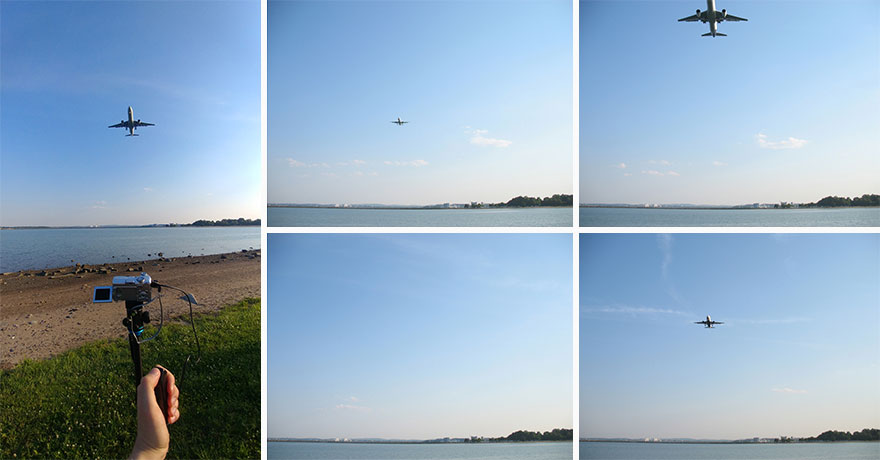

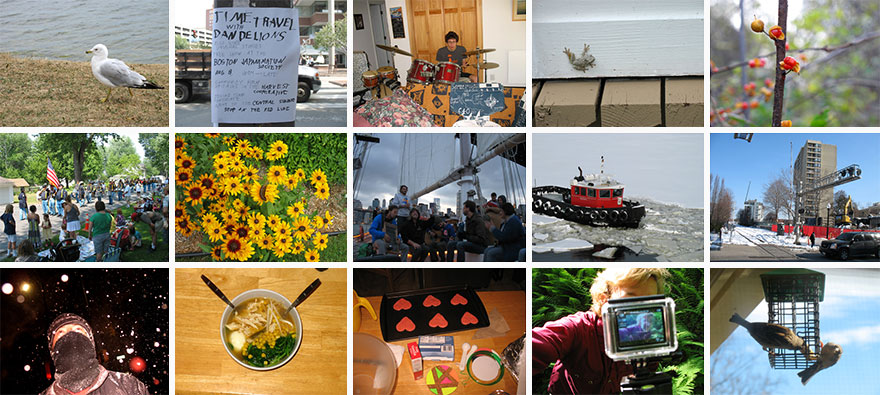








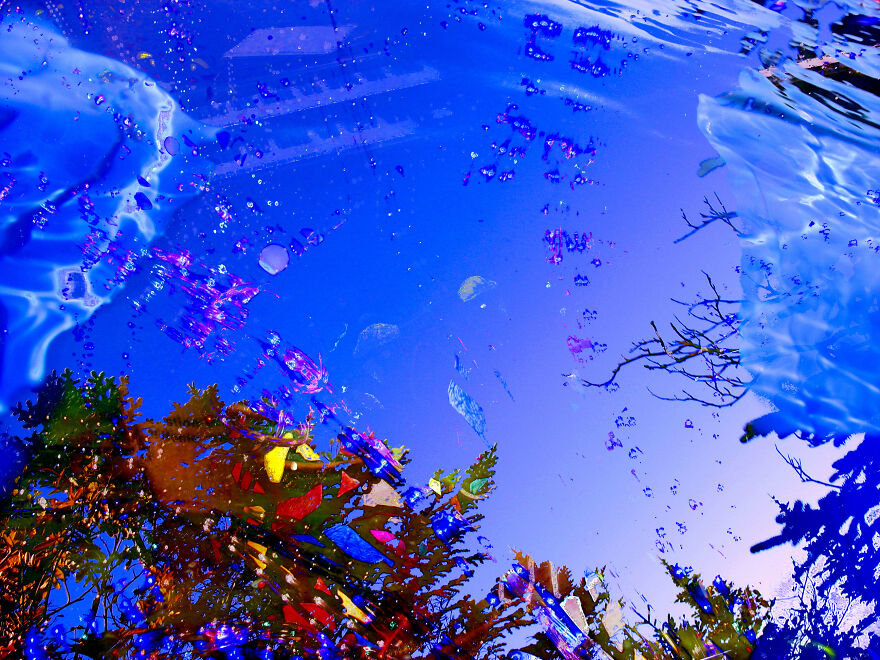






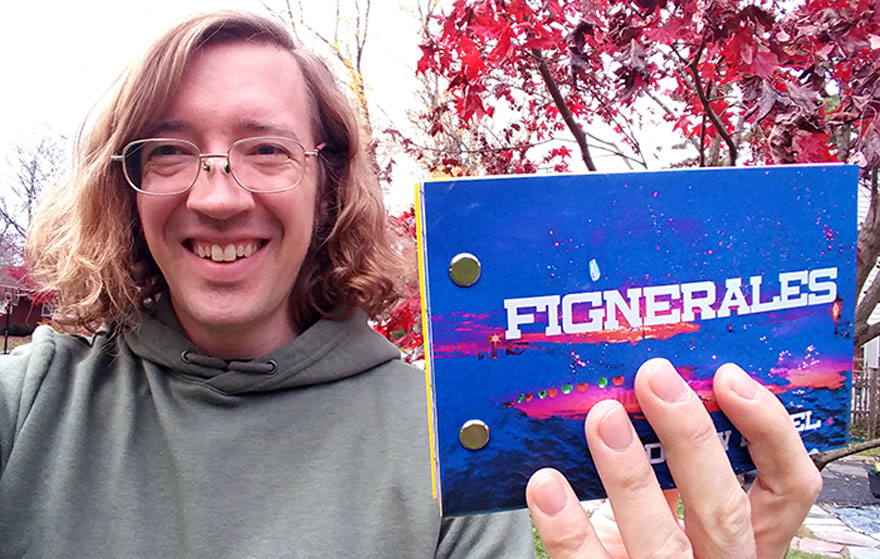







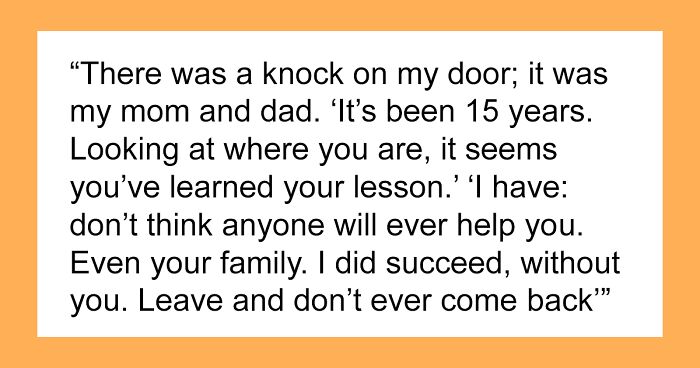

















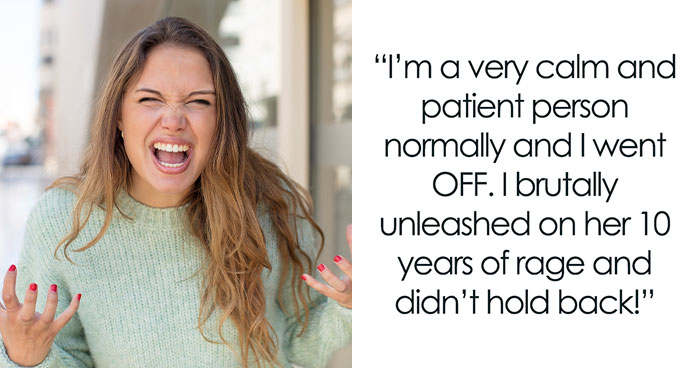




















51
21